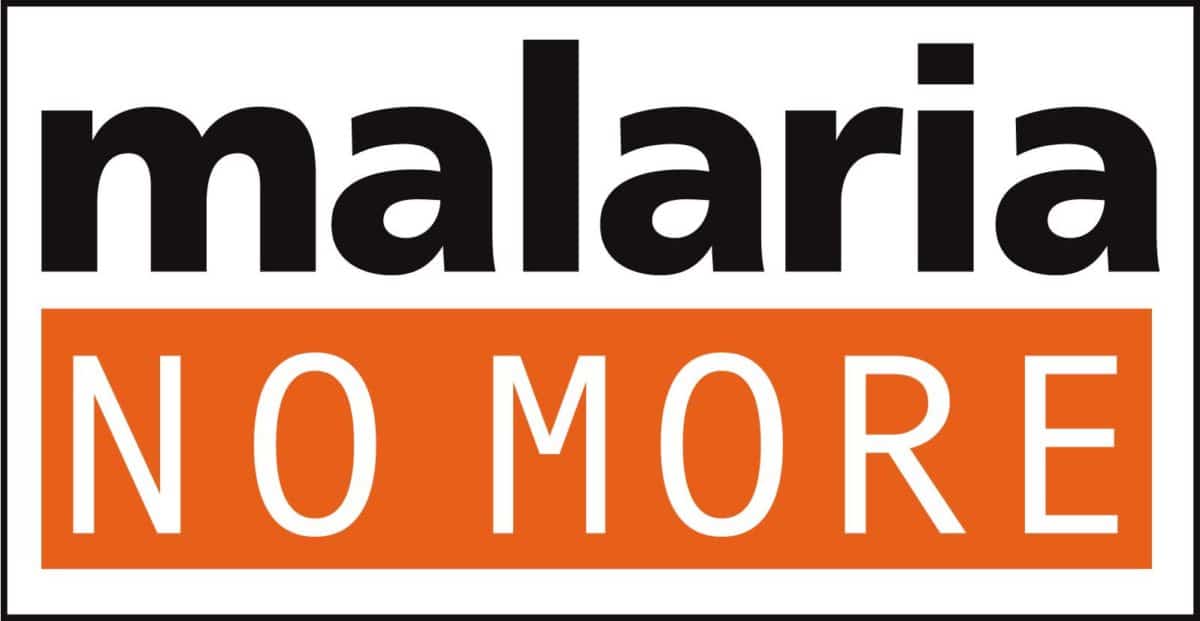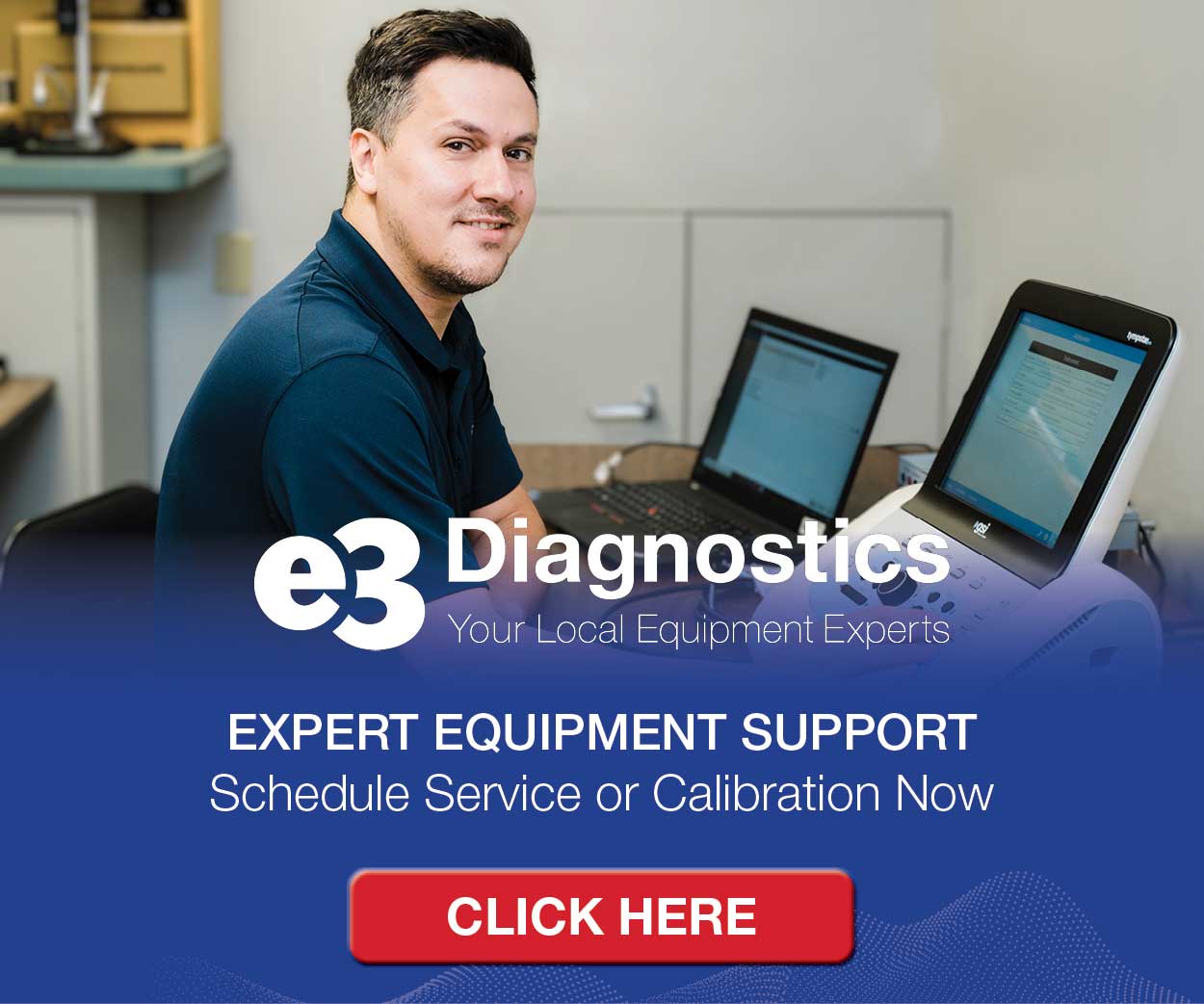Now that fall is approaching it’s time to grab your favorite pumpkin-infused snack and catch up on some industry news.
Apple Watch Provides Users with Several New Secondary Features, Will Hearing Aids Follow Suit?
Unveiled last week with typical Apple fanfare, the new Apple Watch Series 4 is morphing into a serious medical device with fall detection and three new heart monitoring capabilities: low heart rate alert, heart rhythm detection, and a personal electrocardiogram (ECG) monitor.
On the heels of the new Starkey Livio AI with some features like the Apple Watch, the launch of these devices demonstrates consumer electronics, consumer audio and hearing aids share an interesting new parallel: Devices come to market with a core function, which for hearing aids is amplification, but then offer users several secondary features with useful crossover functionality.
Read more about the new Apple Watch here and be on the lookout for more of these multi-tasking consumer electronic and audio devices to hit the market over the next year.
New, Low Cost, and Evidence-Based Disruptors Do Not Change Treatment Patterns
Another hot topic among healthcare thought leaders – one that doesn’t garner a lot of attention among audiologists, but probably should – is over-treatment.
Over-treatment is unnecessary health care provided with a higher volume or cost than is appropriate. And, it is more common than you might think, at least in the United States. According to a September 2017 New York Times report, most physicians in the United States believe that over-treatment is harmful, wasteful and, yes, quite common, too.
Physician and journalist, Elizabeth Rosenthal, writing in Fortune magazine, provides incisive commentary on how new medical breakthroughs that are lower in cost, sometimes sold over-the-counter and proven to be clinically effective do not change the referral patterns of physicians and other medical professionals. She cites two examples: breast cancer and colonoscopy.
Rosenthal cites a major multi-year international study indicating 70% of women with early stage disease who often get chemotherapy under current treatment protocols don’t actually need it. Yet, this has not changed the treatment patterns of many oncology professionals who continue to charge high rates for chemotherapy.
Rosenthal also discusses the recent availability of Cologuard, a stool test that – for qualified candidates – replaces the need for a regular colonoscopy. The product, although cheaper and less invasive than a colonoscopy has had a tough time breaking into the market, even though the U.S. Preventive Services Task Force (USPSTF) has endorsed it as an acceptable alternative to a colonoscopy for people of average risk. (The USPSTF did note a lack of “head-to-head comparative trials” to determine which form of colon cancer screening was most beneficial, so clinicians should “consider engaging patients” about which test they preferred.)
Rosenthal notes the U.S. health system trusts in financial motivation to drive medical progress, something that works effectively when a manufacturer discovers a new drug or invents a new type of surgery or device to target an otherwise intractable condition. However, she notes the concept of “discovery equals profit” works much less effectively when the “new” advance means income loss for a system in which “evidence-based medicine” often seems far less motivating than financial self-preservation.
In the last 10 years, many less-is-more discoveries have had a very hard time making their way into physicians’ practice.
Readers should be curious about the potential impact these factors have on OTC hearing aids and other disruptive technology coming to market now and in the near future: If “new” means less income for the practice, will there be a disincentive to recommend the product or procedure – even if there is evidence supporting its effectiveness?
Cord Blood Stem Cells Holds Promise in Hearing Restoration
On September 18, Core Blood Registry announced the publication of the results of the first clinical trial evaluating the use of autologous umbilical cord blood in children with acquired sensorineural hearing loss (SNHL).
The study, published in the Journal of Audiology & Otology, demonstrated that the cord blood infusions were safe, feasible, and well tolerated. According to the study, 45% of participants showed improvements on Auditory Brainstem Response (ABR) after their infusion. Eleven children aged 6 months to 6 years with moderate to severe acquired SNHL were part of the treatment protocol. The study abstract can be found here.
AI Applications Slowly Becoming Reality in All of Healthcare, Including Audiology
Artificial Intelligence (AI) is the new buzzword in hearing aids, but its impact on healthcare, including Audiology is likely to be even greater. This point was keenly illustrated at the recently concluded Mayo Clinic 2018 Individualizing Medicine conference, held in Rochester, MN, September 12 and 13.
Precision medicine was a key component of the conference and many of the treatments discussed — using pattern-recognition programs to identify diseases or detect conditions early, or to predict whether patients are likely to respond well to medications — may be still a few years away from FDA approval.
Researchers in Audiology have been working on similar AI applications to aid in more accurate and timely diagnosis of ear disease for several years now. A topic the Hearing News Watch will monitor closely for breaking news and developments.






